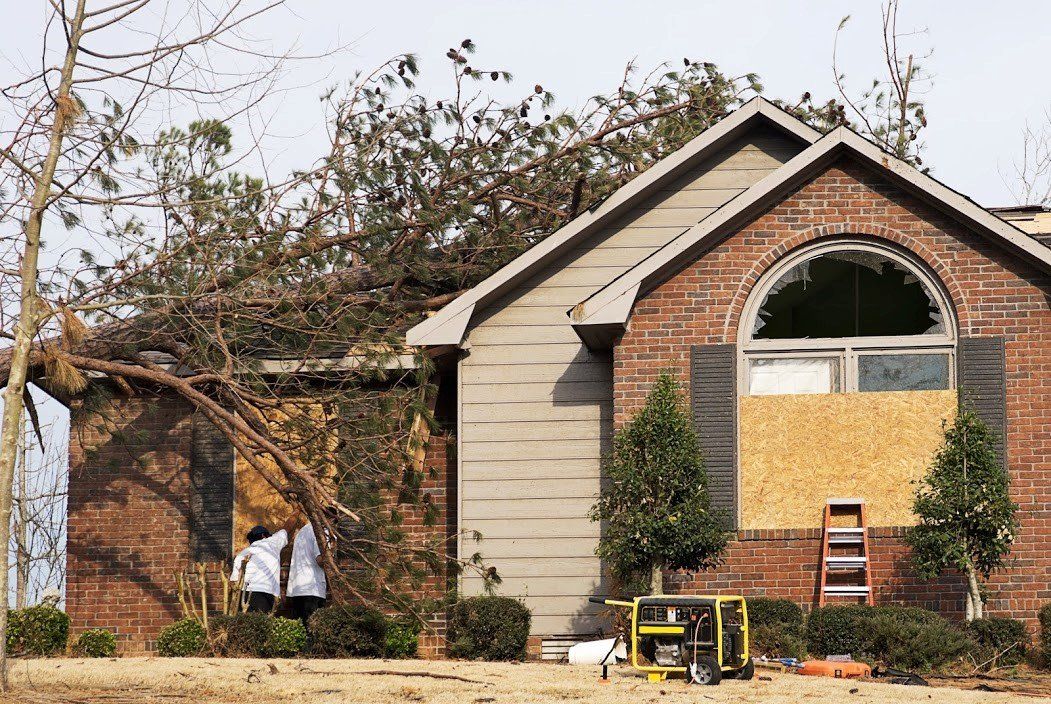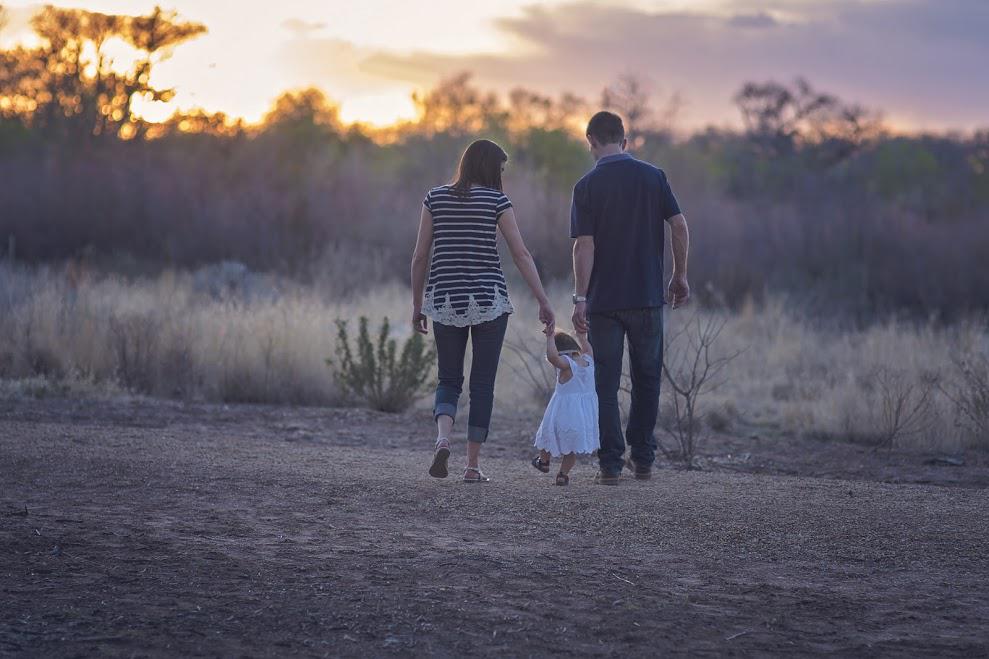a partner of
Will Your Home Insurance Pay for the Removal of a Dangerous Tree?

Mature trees block wind, create a sense of privacy, and cool your home by providing shade. Unfortunately, they're also risk factors for damage to your home, any outbuildings on the property, your vehicles, and more. When you're concerned about the condition of specific tree, you may wish your home insurance would cover the cost of removing it.
Tree removal terms vary by policy, but almost all home insurance providers share similar limitations on this particular process. Find out what you need to know about dealing with a dangerous tree, whether it's still standing or has already fallen.
Before the Tree Falls
Many homeowners are surprised to learn that their insurance companies are not willing to pay for pre-emptive removal of diseased and dead trees. This is considered normal maintenance of the property, so cutting down these trees remains your responsibility as the owner. Even if removal would save money in the long run, insurance companies won't approve tree removal ahead of a collapse.
Once you know a tree is a danger to your property or a neighbor's home, you may become legally liable for paying for damages if you choose not to remove it. Don't rely on your insurance company alone when you need to complete some routine tree removal and landscape maintenance around the home.
After a Fall
Most homeowner's insurance policies cover both tree removal and repairs for damage after a tree falls. Yet there are still restrictions on coverage depending on where the tree falls and what kind of damage it does. Most policies pay for all damage caused by a tree, even when it doesn't entirely fall but rather scratches or dents something instead.
On Covered Structures
Read your policy documents carefully to find out where a tree must fall to qualify for insurance coverage. Some policies stipulate that removal and repair is only offered when a limb or entire tree falls onto a covered structure. When this is the case, sheds and other outbuildings may or may not get excluded from the insurance policy.
A covered structure policy won't reimburse you for costs related to cutting up and hauling away a tree that falls safely onto the lawn and causes no damage. If your policy is worded to cover tree removal from all covered surfaces instead, you may find your insurance company is happy to pay for removal of trees falling on your lawn, patio, and other exterior surfaces.
On a Neighbor's Property
In most cases, you are not responsible for paying for a tree that falls on your property and damages a neighbor's home. Unless you were cutting down the tree yourself or knew it was a liability and failed to act, the neighbor's insurance company is responsible for the claim instead.
Your insurance policy may pay if you were somehow responsible for the tree falling, but you will also see a premium increase as a result. Trees that fall naturally, without warning, or due to storm damage are all the neighbor's responsibility to deal with.
Onto Landscaping Features
Homeowner's insurance policies that include coverage for certain outdoor surfaces also tend to pay for damage to flower beds, shrubs, other trees, and similar landscaping features. Just keep in mind that the deductible may already cover more than the value of replacement shrubs or trees. Not all insurance policies cover the labor of installation, so assess the damage before making a claim.
Protect your home with an affordable homeowner's insurance policy from Harr & Associates Insurance, Inc. Talk to one of our team members to take out extra damage coverage so you're never left paying for repairs or removal after a storm brings a whole tree down.















